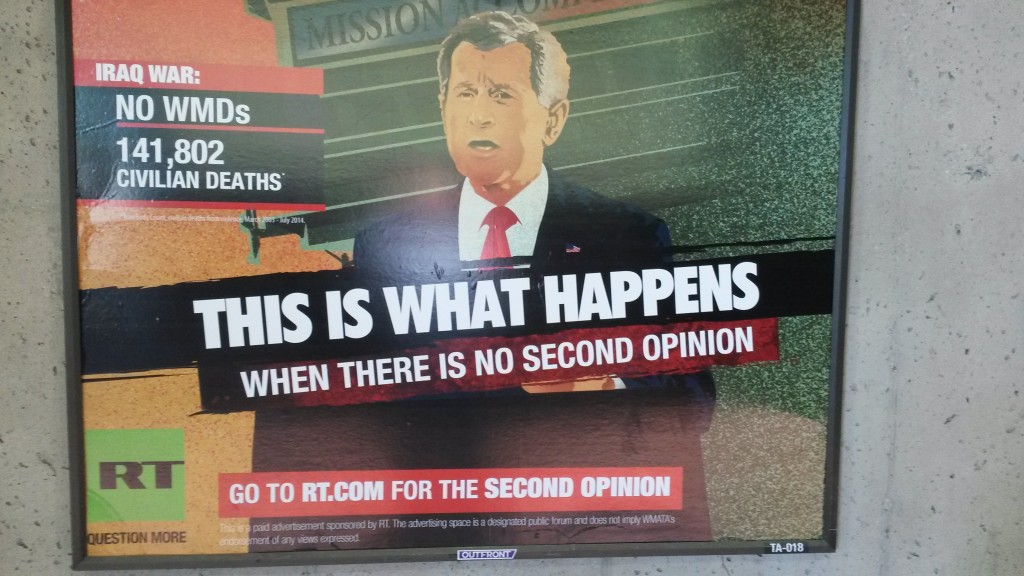The popular adoption of the Internet and cable television as sources of information in the past 30 years has revolutionized the way that the average person receives news.
Before the 1980s, the available sources of daily news were limited to newspapers, radio, and broadcast television. Many small towns had a newspaper that specialized in local news. Major cities used to have 2 or more major newspapers. The newspapers were, of course, available only in print and were delivered to homes or purchased at newsstands. In most of the larger cities, there were 3 television stations that provided local and national newscasts, often lasting only an hour or two per day. So, one was limited to a few sources of news, often based on similar world views.
Now, there are almost unlimited options for news and information. Nearly every major newspaper in the country is available for reading on the Internet, usually at no charge. There are countless independent websites dedicated to news, analysis, and commentary. And on cable TV there are multiple 24-hour news stations in addition to the nightly newscasts from NBC, ABC, and CBS. Apps for smartphones and tablets put news instantly at the fingertips of millions.
This change is all upside, right? Not necessarily. This great variety of sources has led to increased specialization. The various news outlets have different philosophies, political orientations, and areas of emphasis. For example, Fox News and MSNBC focus almost on domestic politics, while CNN has a more global scope geographically and in subject matter.
It can be tempting to build your own “information box” with sources that don’t challenge your established views. You can watch Fox News and likely never have your conservative sensibilities offended, likewise with MSNBC and liberal views. (CNN seems mostly to promote and praise itself).
News entities have differing opinions about what constitutes news and what is worth of reporting. In some cases, news outlets have a predetermined narrative for a story and then try to find facts to support it. Some actually intend to deceive or fabricate stories.
By utilizing multiple sources with different approaches to news, you will get a more complete picture of the country and the world. And don’t limit yourself to American networks. Most cable services offer foreign-based news channels that broadcast in English. Networks such as Al Jazeera, BBC World News, CCTV, and RT America offer alternative emphases and points of view. Yes, these networks are funded by foreign governments (Qatar, UK, China, and Russia, respectively), but are you sure that American networks are not pandering to their audiences? Are there stories that you simply won’t see on US-based TV or in newspapers because they would offend American sensibilities?

My advice is to build a rotating list of reliable sources (that always includes ThoughtWidget, of course) for news and analysis. This will enable you to get global, get informed, and get out of your information box.
 Thought Widget get learnt
Thought Widget get learnt




